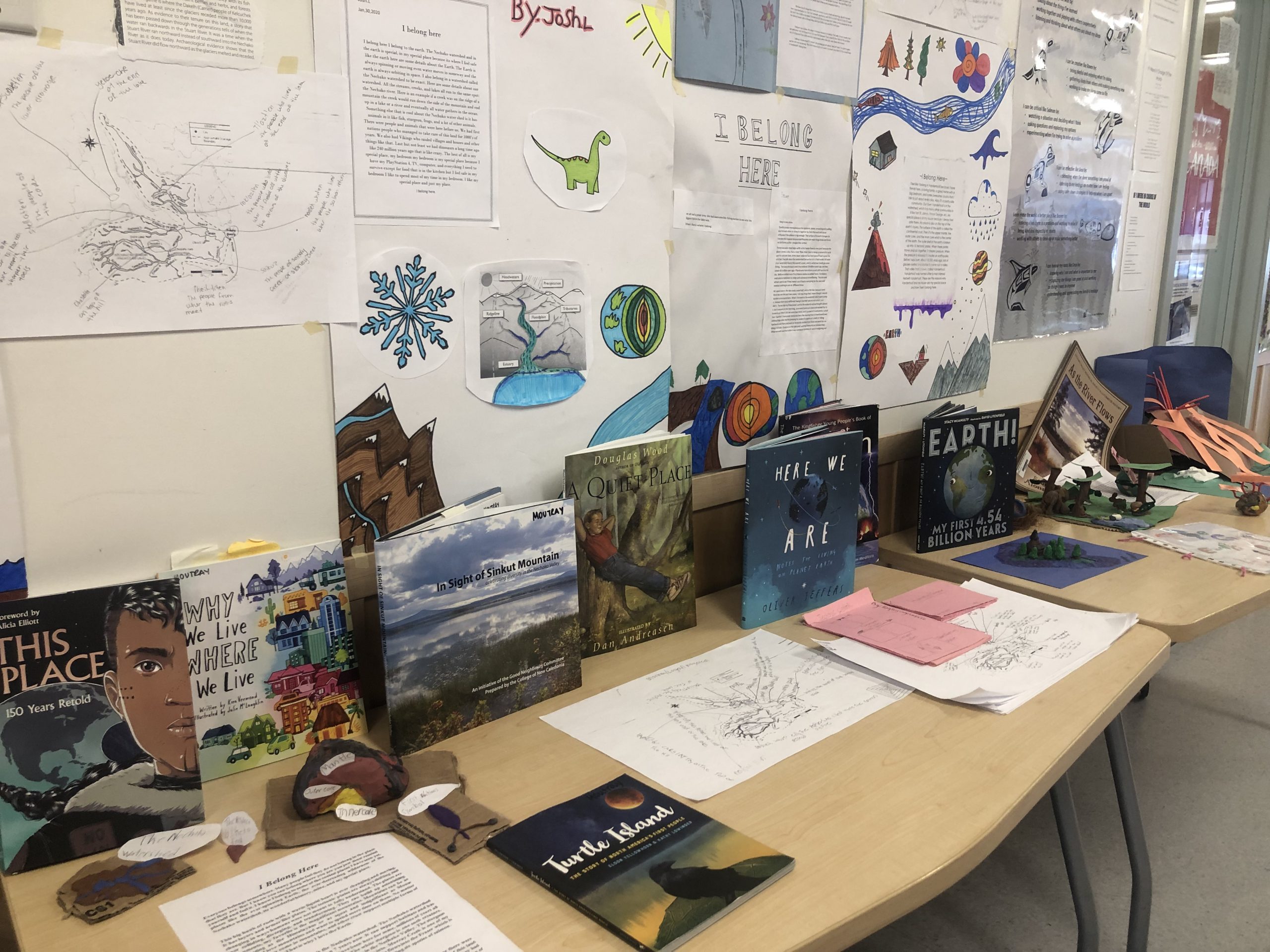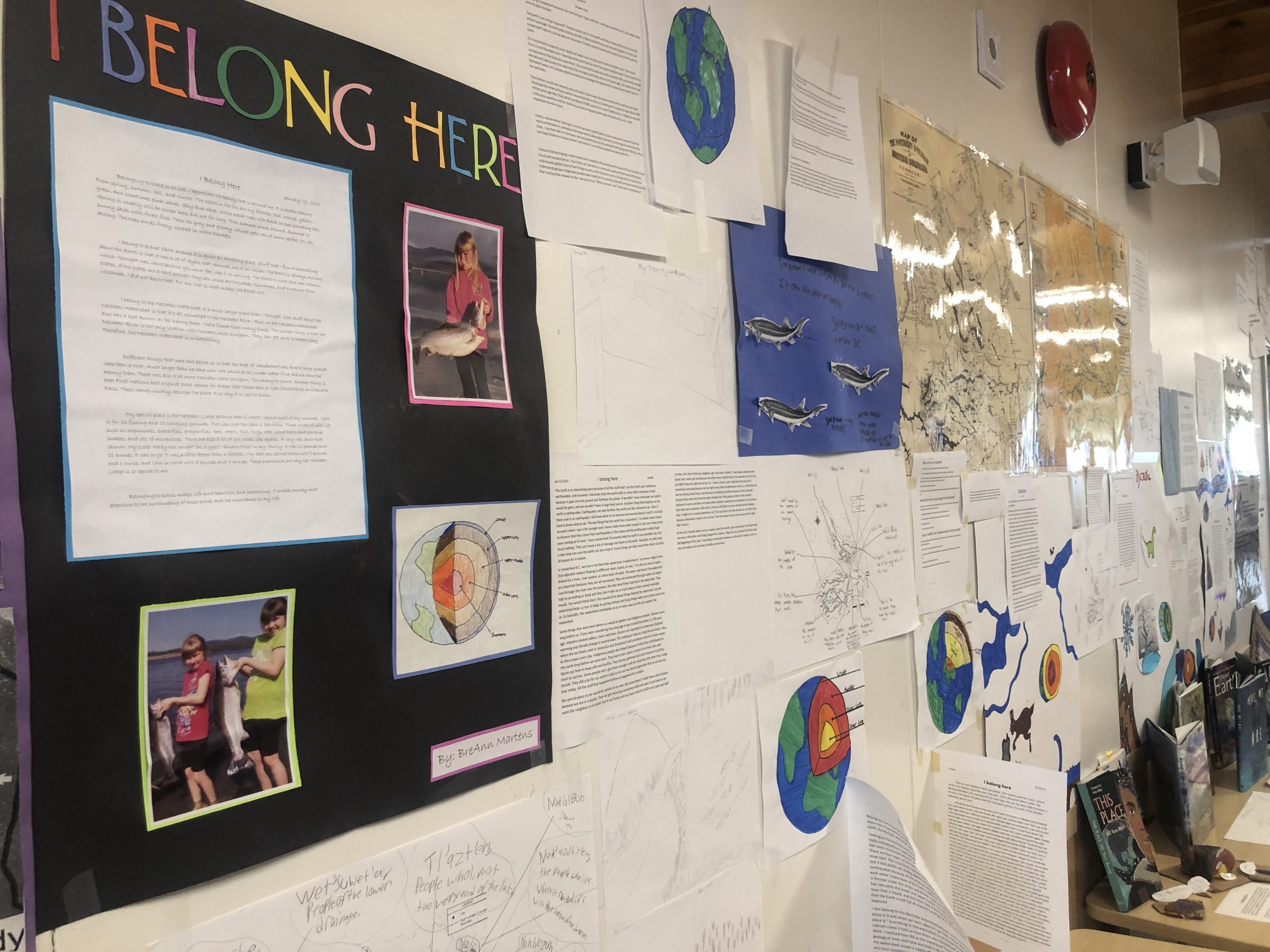
Making Learning Meaningful to Students
This approach meets the social, emotional needs of students as, “during early adolescence, youth are most interested in real-life experience and authentic learning opportunities; they are often less interested in conventional academic subjects.” (Caskey & Anfara, 2007, p. 2)
A cross-curricular, place-based approach provides students with the real life examples/experiences which illustrate democracy in action, growing “citizens who will both be interested and active in their communities.” (Anderson & Gurnee, 2016, p. 72) Ultimately, the end goal is for children to “learn about and love the place where they live, enough to want to become actively engaged in caring for community.” (p. 74) Place-based learning aims to connect students to the “think global, act local” philosophy by “inspiring our budding citizens to apply their love of this place to other places in the world, or better yet, the world at large.” (p.73)
Some of my Science 8 students, from EDUC 490, learning in, and engaging with, their place:



Summative Cross-Curricular Inquiry Projects on Place – EDUC 490 Practicum:


References:
Anderson, S., & Gurnee A. (2016). Home Grown Citizens: Place-based learning prepares students to be productive contributors to their communities. Retrieved 23 October 2019, https://web.b.ebscohost.com/ehost/detail/detail?vid=0&sid=daab8dfe-105d-4378-89ce-fcf2c1ae052f%40sessionmgr102&bdata=JnNpdGU9ZWhvc3QtbGl2ZSZzY29wZT1zaXRl#AN=113441153&db=ulh.
Caskey, M.M., & Anfara, V.A. Jr. (2007). Research Summary: Young adolescents’ developmental characteristics. Retrieved 24 October 2019, from http://nmsa.org./ResearchSummaries/DevelopmentalCharacteristics/tabid/1414/Deafault.aspx